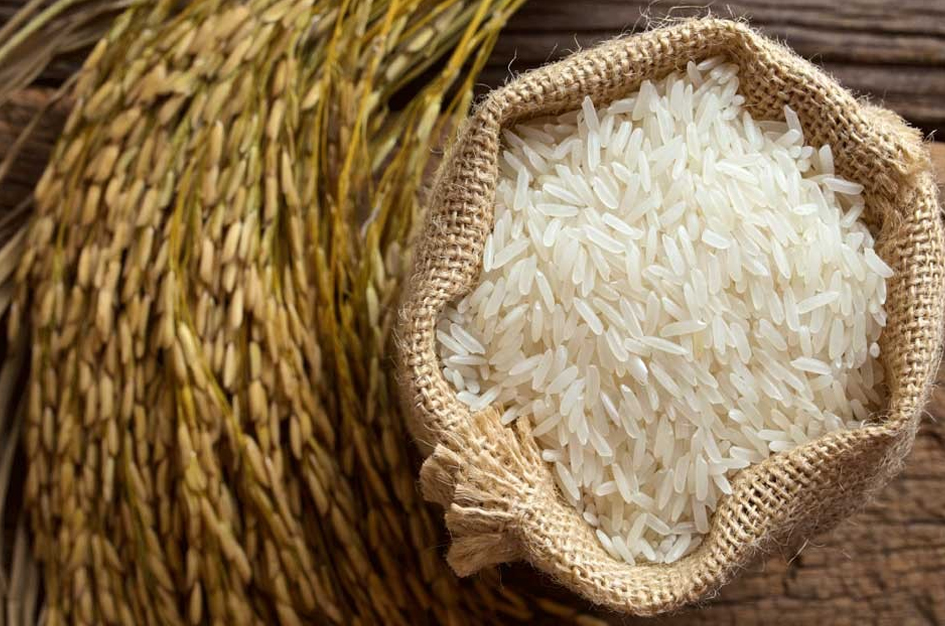Just like a lot of other countries, Nigeria’s staple food item is rice. It’s one of the largest importers of rice in the African continent. Africa’s most populous country is also the largest consumer of rice. What’s troubling is the fact that it still relies on the imports to satiate its growing rice consumption needs. Over the last few years, Nigeria imported as much as 17 million tons of rice and as stated by the Food and Agriculture Organization (FAO), the rice importation exceeded by 2.3 million tons in 2016. Nigeria consumes about 6.5 tons of rice annually and less than half of it is produced locally. The paucity arising from the rice importations costs Nigeria over $2 billion annually.
As import duties on goods escalated, rice prices in the country increased drastically. After the rice shortages during the grain crisis, the President of Nigeria Muhammadu Buhari decided to channelize all his attention towards rice plantation and announced several plans to boost rice production by the end of 2017.
The dwindling scenario is changing slowly as small and commercial farmers are investmenting in rice production. The little success that this movement facilitated was visible in the Variety of Rice available in the marketplaces during country’s last festive season. Nigerians have started to demand locally produced rice owing to the fact that it is much more nutritious than the one that’s sourced, given that the country’s leading rice millers have started processing paddy as proficiently as their foreign counterparts. This increase in the awareness and demand has fueled the local rice production. Further, analysts claim that in the face of dwindling oil revenues, the federal and state governments; through Central Bank of Nigeria, drove certain campaigns to encourage local rice production, which was another important factor that led to a surge in the produce. To further escalate the production, the Nigerian government increased the allocated budget to $302 million, which increased the production by 500%, in comparison to 2016.
However, some analysts claim that the surge in Nigeria’s production is chiefly due to the massive investment by the agri-firm giant, Olam Nigeria Limited. Olam integrated a multi-billion dollar Rice Mill that had the capacity to produce 65,000 metric tons of rice annually and further increased the cultivated land to 10,000 hectares, which brings their total investment to $111 million. Combined with aircrafts to plant rice, apply fertilizers, 9 tractors and 11 combine harvesters, Olam is currently developing a 10,000 hectare, fully-mechanized paddy farm.
It wouldn’t be wrong to say that Nigeria has a huge potential to expand its rice production. Rice isn’t willed into existence, it needs to sown and cultivated systematically. The sector was neglected for a very long time. The government’s intervention has been remarkable but, still modest compared to the growing demand.
 MAIL US :
MAIL US :
 CALL US :
>
CALL US :
>
